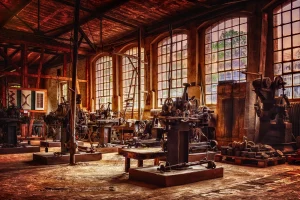
Recognizing Top Talents: Here are 10 Things to Look for
Forget everything you know about what talent looks like and who should be developed. Learn to ask yourself and your company some essential questions when seeking genuine, unique talent. At the end of this article you’ll get 10 behavioral traits to look for.


